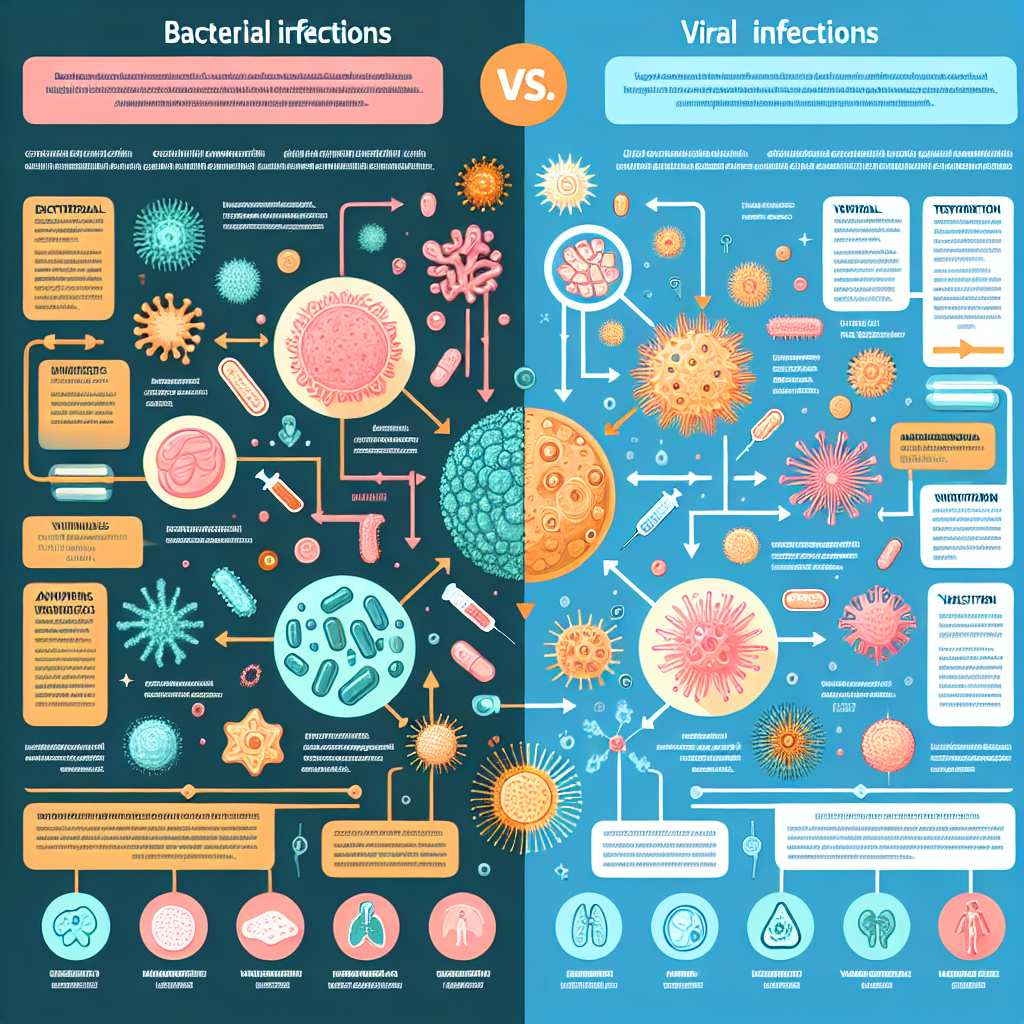Top viruses to watch out for in 2024
As we move into 2024, the global health landscape continues to evolve, influenced by a variety of emerging viruses. Understanding these viruses is critical for public health officials, healthcare providers, and the general populace. This article aims to shed light on the key viruses to watch out for this year, along with their characteristics, potential impacts, and strategies for prevention and preparedness, ensuring communities remain informed and vigilant.
Understanding the Emerging Viruses of 2024: An Overview
Emerging viruses are those that have recently appeared in a population or have been recognized as a significant threat due to their potential for transmission and severity of disease. In 2024, several viruses are already raising alarms among health agencies. Notably, the rise of novel strains of influenza and respiratory syncytial virus (RSV) has led to increased monitoring. Both viruses have shown the ability to mutate rapidly, making them capable of causing outbreaks that could strain healthcare systems.
Another virus of concern is the Nipah virus, which has been linked to outbreaks in Southeast Asia. With its high mortality rate and potential for person-to-person transmission, public health experts are urging increased surveillance. Additionally, the emergence of coronaviruses unrelated to SARS-CoV-2 has also been noted, emphasizing the need for ongoing research to understand their transmission dynamics and pathogenicity.
Furthermore, the increasing prevalence of zoonotic viruses—those transmitted from animals to humans—remains a persistent threat. Climate change and human encroachment into wildlife habitats are contributing factors to the rising incidence of these viruses. Understanding the connections between environmental changes and virus emergence is crucial as we navigate public health challenges in 2024. For more information on zoonotic diseases, visit CDC’s Zoonotic Diseases page.
Key Characteristics of Viruses to Monitor This Year
Monitoring the characteristics of emerging viruses involves understanding their transmission routes, infectiousness, and mutation rates. For instance, influenza viruses are notorious for their ability to mutate frequently, leading to seasonal outbreaks that can vary in severity. Health officials are particularly concerned about new subtypes that may evade existing vaccines, highlighting the importance of annual vaccination and monitoring vaccine efficacy.
The Nipah virus presents a different set of characteristics, primarily its high case fatality rate and the potential for rapid human-to-human transmission. This virus is predominantly spread through contact with infected bats or pigs, but its ability to spread among humans poses significant risks. Healthcare systems must be prepared for the challenges of containment and management associated with such virulent pathogens.
In addition, the emergence of novel coronaviruses has brought attention to their potential to cause pandemics. The ability of coronaviruses to mutate and recombine with other strains increases their potential to infect a wide range of hosts, including humans. This characteristic emphasizes the importance of continuous genomic surveillance to detect and respond to emerging threats effectively. For guidelines on viral surveillance, refer to WHO’s guidelines.
Impact of New Viruses on Public Health and Safety
The emergence of new viruses can have profound implications for public health and safety. As witnessed during the COVID-19 pandemic, rapid transmission and severe disease can overwhelm healthcare systems, leading to increased morbidity and mortality rates. In 2024, the continued threat of influenza and RSV could similarly strain resources, particularly during peak seasons when co-infection becomes a possibility.
Beyond the immediate health impacts, emerging viruses can disrupt social and economic stability. Public health measures, such as lockdowns and travel restrictions, can have long-lasting effects on economies, mental health, and education systems. The ripple effects of viral outbreaks underscore the necessity for coordinated responses that encompass not just healthcare but also public policy and community support.
Moreover, the psychological toll on the population cannot be overlooked. Fear, uncertainty, and misinformation can lead to social unrest and decreased trust in health authorities. Building resilience within communities and fostering accurate communication are essential strategies for mitigating the broader impacts of emerging viruses. Education and preparedness initiatives can foster a well-informed public, reducing panic and promoting adherence to health guidelines. For further insights into public health impacts, see NIMHD’s resources.
Strategies for Prevention and Preparedness in 2024
Preventing the spread of emerging viruses requires a multifaceted approach involving surveillance, vaccination, and public education. Health agencies must enhance surveillance systems to quickly identify outbreaks and respond effectively. This includes utilizing advanced technologies, such as genomic sequencing, to track virus mutations and understand transmission patterns. The integration of data from various sources can facilitate faster decision-making and resource allocation.
Vaccination remains one of the most effective strategies to prevent viral infections. Ensuring that vaccine development keeps pace with emerging strains is crucial. Health authorities need to promote vaccination programs and increase public awareness of their efficacy and safety. Additionally, booster shots may become a norm as new variants emerge, necessitating ongoing research and communication about vaccine updates.
Public education and community engagement are equally important in combating emerging viruses. Informing the public about the signs and symptoms of infections, as well as the importance of hygiene practices, can foster a culture of prevention. Health campaigns that encourage individuals to stay informed and participate in vaccination programs can help strengthen community resilience. Collaborating with local organizations can amplify outreach efforts, ensuring that information reaches diverse populations effectively. For more preventive measures, check CDC’s Infectious Disease Prevention page.
As we navigate through 2024, vigilance against emerging viruses is paramount. With the potential for new outbreaks on the horizon, understanding their characteristics and impacts will enable us to implement effective prevention strategies. By prioritizing surveillance, vaccination, and public education, we can mitigate the risks posed by these viruses and safeguard public health. Collaboration among health agencies, communities, and individuals will be essential as we work together to create a healthier future.
Top hand sanitizers for virus protectionSeasonal flu vaccine effectivenessLatest research on virus transmissionRelevant LinkRelevant LinkRelevant Link













